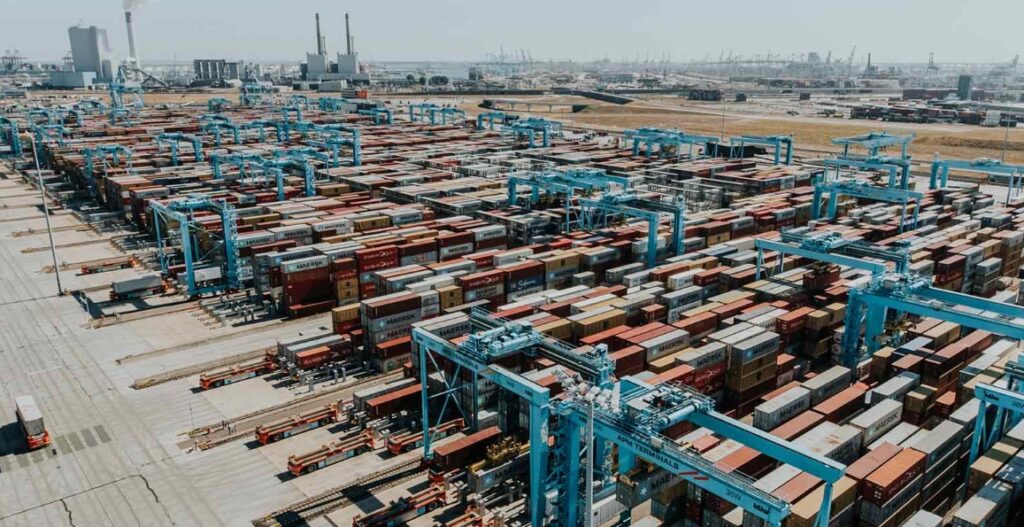
Ports are among the most exposed sites in the world to climate risks. Typically located along open coasts or in low-lying estuaries and deltas, ports are vulnerable to windstorms, flooding and storm surge.
Their operations can be interrupted by fog and snow, while heatwaves can restrict working conditions. But ports will also be on the frontline when one of climate change’s most worrying long-term impacts – sea level rise – begins to engulf the world.
“In the past decade, we have seen coastal flooding at our terminal in Port Elizabeth, New Jersey; flooding at our Salalah terminal in Oman; a cyclone hit our Pipavav terminal in India; and regular exposure to tropical windstorms to our terminals in Miami, Florida, and Mobile, Alabama,” says Lars Henneberg, VP, Head of Risk Management at A.P. Moller-Maersk (‘Maersk’), one of the world’s largest container-shipping companies.
Extreme weather can cause immense physical damage to port equipment, like cranes, and to the supporting infrastructure, such as electrical substations. Heatwaves can even melt the tarmac underneath the containers. Not only does this damage cause physical losses, but also business interruption costs as the terminal may not be able to operate at maximum capacity or even be forced to close.